On July 1, 2025, in Son La province, Deputy Minister of Agriculture and Environment Tran Thanh Nam chaired the forum “Connecting Production and Trade of Agricultural and Forestry Products of the Northwest Provinces.”
The forum was co-organized by several agencies: Agriculture and Environment Newspaper; Vietnam Gardening Association; Department of Quality, Processing and Market Development; Department of Crop Production and Plant Protection; Vietnam SPS Office; Vietnam Forestry Science Institute; Vietnam Academy of Agricultural Sciences; Son La Department of Agriculture and Environment…
A BOUNTY OF FRUIT AND AGRICULTURAL PRODUCE
Mr. Le Quoc Doanh, President of the Vietnam Gardening Association and former Deputy Minister of Agriculture and Rural Development, said that the Northwest region has great potential and advantages in developing commercial agricultural and forestry produce. In 2024, rice production reached 773,500 tons, corn 638,400 tons, cassava 899,000 tons, and sugarcane 1.15 million tons.
Especially with its favorable climate and soil conditions, the Northwest region also produces a variety of subtropical and temperate fruits such as mango (79,800 tons), longan (81,300 tons), plum (94,500 tons), passion fruit (7,600 tons), orange (108,100 tons), banana (116,600 tons), and grapefruit (125,900 tons); as well as perennial crops such as coffee (32,900 tons), rubber (19,200 tons); and non-timber forest products and biologically valuable local herbs.

However, agricultural production in the Northwest region is still scattered and small-scale; chain linkage is not sustainable; and technology for processing, preservation, and traceability is limited. Many products have not established strong brands and are mainly consumed domestically or exported in raw form.
“The value of agricultural products exported from the Northwest region in 2024 reached about 245 million USD (of which Son La accounted for 190 million USD, Dien Bien over 22.4 million USD, Lai Chau over 6.5 million USD, and Lao Cai 25 million USD). Some typical export items include: coffee more than 90 million USD; tea 22 million USD; cassava starch more than 36 million USD; longan and mango about 30 million USD; and cinnamon oil about 22 million USD.”
Mr. Le Quoc Doanh – President of the Vietnam Gardening Association.
Mr. Nguyen Thanh Cong, Vice Chairman of the People’s Committee of Son La province, said that the locality has been taking advantage of every opportunity to develop quickly and sustainably, with a clear orientation towards smart agriculture, high technology, renewable industry, and sustainable development associated with the market.
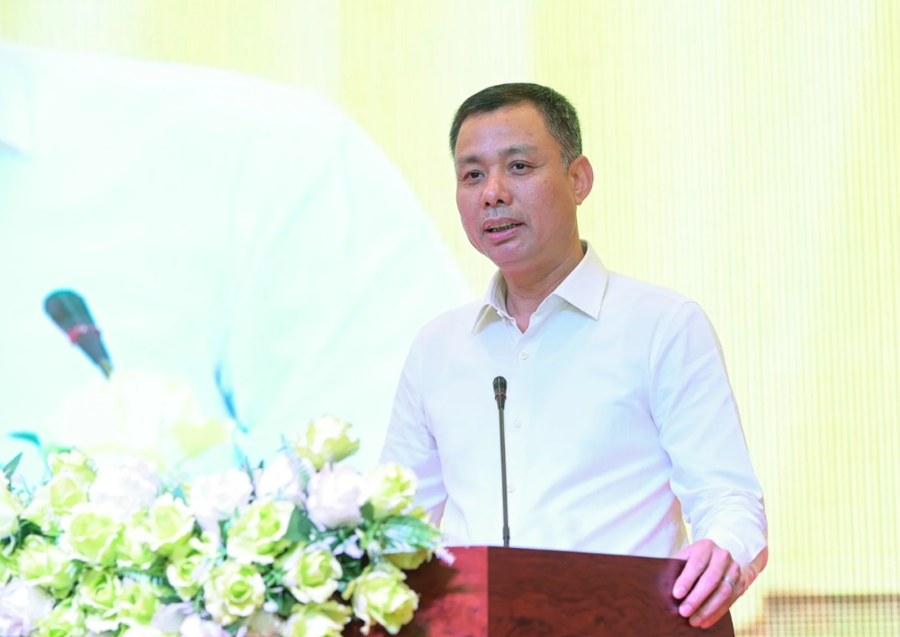
The total area of fruit and perennial industrial crops in the province is estimated at nearly 119,898 hectares. Of which, fruit and hawthorn trees account for 85,050 hectares with a yield of 510,000 tons, while perennial industrial crops cover 35,563 hectares with a yield of 102,078 tons. Son La is currently a major raw material production area for processing industries in the country. Especially, the province has formed specialized regions for mango, longan, passion fruit, and plum…
Along with fruit trees, the province’s sugar industry also made its mark with the only factory in the North maintaining its growth rate in the context of difficulties faced by the industry nationwide.
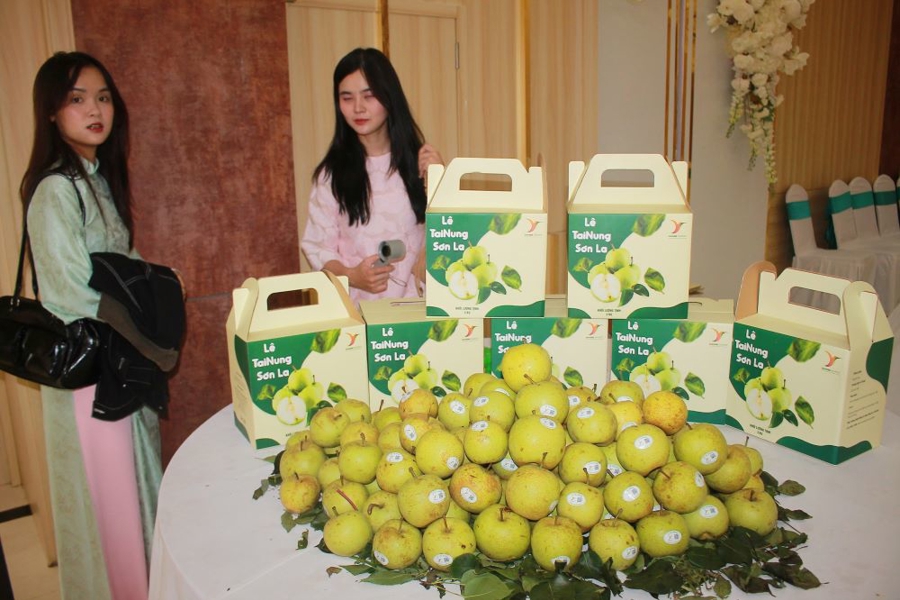
According to the leadership of Son La province, in addition to domestic consumption, in 2024, Son La exported about 8,900 tons of tea (worth 21.9 million USD), 31,700 tons of coffee (88.77 million USD), 7,600 tons of fresh mango (1.876 million USD), and 7,200 tons of fresh banana (2.1 million USD).
In the upcoming orientation, Mr. Cong said that Son La province clearly defines that for agriculture to develop sustainably, it must go deeper, improve post-harvest processing, promote specialty products, and strengthen market linkages. Accordingly, Son La is gradually completing a modern and sustainable agricultural ecosystem, where crops are not only a livelihood but also high-quality commodities with a position in the market.
SEVEN FOCUS SOLUTIONS FOR AGRICULTURAL PRODUCE IN THE NORTHWEST
Mr. Lo Hong Phong, Deputy Director of the Dien Bien Department of Agriculture and Environment, said that the total area of fruit trees in the province is currently estimated at 4,045 hectares with main crops such as mango (698 ha), pineapple (584 ha), jackfruit (448 ha), grapefruit (73 ha), and pear (222 ha). Dien Bien’s fruit trees are gradually shifting from small-scale production to concentrated production, creating raw material regions to serve linkage and product processing. Initially, five fruit tree production regions were formed in Tuan Giao, Muong Ang, Dien Bien, Muong Cha, and Dien Bien Phu city, with a total fruit tree area of about 3,000 hectares.
Regarding perennial industrial crops, Dien Bien has about 4,784 hectares of coffee (with an expected output of over 4,800 tons of beans), nearly 630 hectares of tea, more than 5,000 hectares of rubber, and more than 12,300 hectares of macadamia. However, the leadership of Dien Bien province also acknowledged that the locality is facing many challenges such as a lack of post-harvest processing and preservation facilities, weak logistics, and loose linkages between farmers and enterprises.
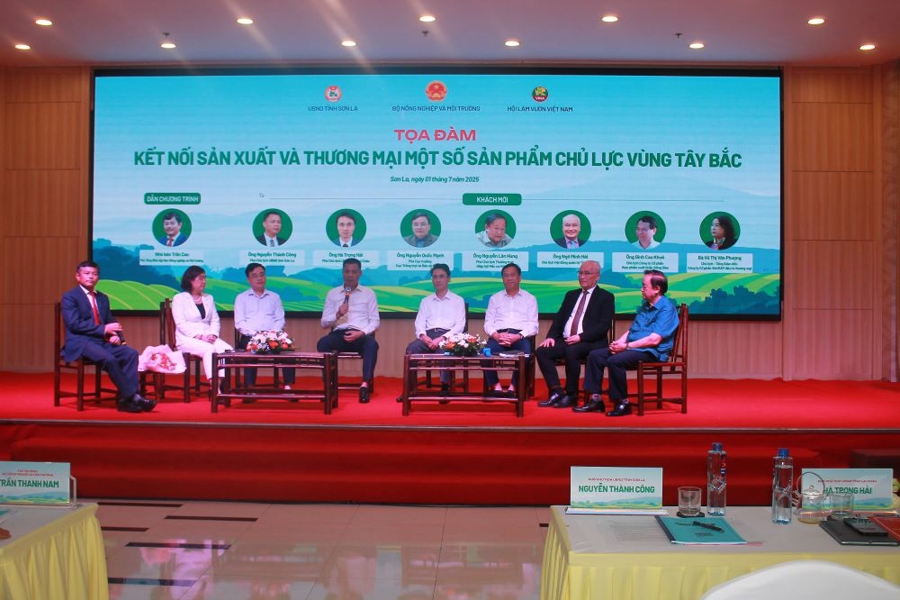
According to Mr. Bui Huy Phuong, Director of the Lai Chau Department of Agriculture and Environment, the province currently has over 23,000 hectares of medicinal plant cultivation, with key species such as cinnamon (10,000 ha), sa nhân (over 6,500 ha), sa nhân (over 2,500 ha), hawthorn (over 2,000 ha), Lai Chau ginseng (over 130 ha), and snow lotus (over 10 ha). The annual output of medicinal plants is estimated at 3,000 tons, demonstrating the huge potential for medicinal plant development in the province.
Especially, Lai Chau ginseng – a native and endemic plant species with a narrow distribution in the province, has been used as a medicine by local people for a long time and is known as black and red panax ginseng. It is gradually affirming its position as a precious medicinal herb with high medicinal and economic value.
“Lai Chau province calls for and hopes to receive the attention and cooperation of scientists, businesses, and organizations at home and abroad to promote the development of Lai Chau ginseng in line with its potential, bringing common benefits and contributing to the sustainable development of Vietnam’s medicinal plant industry internationally,” emphasized Mr. Phuong.

Concluding the forum, Deputy Minister of Agriculture and Environment Tran Thanh Nam emphasized that the Northwest region is rich in potential with favorable climate and soil conditions, and unique cultural identity.
However, the Deputy Minister also frankly pointed out some limitations such as scattered production, lack of raw material planning, weak processing and post-harvest preservation capacity, difficult transportation infrastructure, and unstable consumption market. In the context of administrative merger and development model transformation, more comprehensive and strategic solutions are needed.
In the spirit of “action – efficiency – inter-regional connection”, the Deputy Minister proposed seven focus groups of solutions.
First, restructure production associated with raw material regions: Complete the planning of key fruit tree regions, promote production-consumption linkage according to Decree 98/2018/ND-CP; aim for 70-80% of products to be consumed through contracts by 2030.
Second, develop deep processing and post-harvest preservation: Build a processing cluster in Son La, invest in cold storage, preliminary processing, and packaging; shift from raw material export to diverse value-added processing according to the circular economy model.
Third, expand consumption markets: Bring agricultural produce into supermarkets, wholesale markets, kitchens, tourist areas; promote exports to China, Japan, EU, UAE; and build a consumption map according to seasons and types.
Fourth, apply technology and digital transformation: Build an open database on agriculture, promote high-quality varieties that are adaptable to climate change, replicate the model of production meeting VietGAP and GlobalGAP standards.
Fifth, strengthen international cooperation and infrastructure investment: Call for cooperation with FAO, JICA, KOICA on varieties, processing, and chain management; mobilize ODA capital, invest in transportation, irrigation, and logistics infrastructure.
Sixth, improve specific mechanisms and policies: Review land, credit, tax incentive policies for enterprises, support cooperatives and investment in difficult areas.
Seventh, promote communication and promotion of Northwest agricultural produce.
“No More VAT Deductions for Cash Payments Under VND 20 Million Starting Today, July 1st”
“From January 2023, tax deductions will no longer be applicable for transactions under VND 20 million if they are made in cash. This new regulation is part of the government’s efforts to encourage digital payments and reduce the amount of physical cash in circulation.”
“Honda Celebrates 30 Years in Vietnam: A Milestone Achievement”
Honda, the renowned Japanese automotive manufacturer, has firmly established its presence in Vietnam with an impressive network of three motorcycle factories. These state-of-the-art facilities collectively boast an annual production capacity of up to 2.5 million units, showcasing the brand’s unwavering commitment to meeting the demands of the vibrant Vietnamese market.
Tons of Frozen Meat Floods Vietnam: A 100% Surge in Imports with a Price Tag of 69,000 VND/kg, Mostly from This Country
The Vietnamese market has witnessed a significant surge in frozen pork imports during the first five months of the year compared to the same period last year.






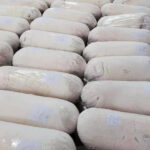
![[Photo Essay]: Experts, Managers, and Businesses Unite to Forge a Path Towards Sustainable Green Industry](https://xe.today/wp-content/uploads/2025/07/z678592918-218x150.jpg)


![[Photo Essay]: Experts, Managers, and Businesses Unite to Forge a Path Towards Sustainable Green Industry](https://xe.today/wp-content/uploads/2025/07/z678592918-150x150.jpg)

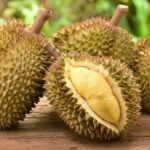
![[Photo Essay]: Experts, Managers, and Businesses Unite to Forge a Path Towards Sustainable Green Industry](https://xe.today/wp-content/uploads/2025/07/z678592918-100x70.jpg)







